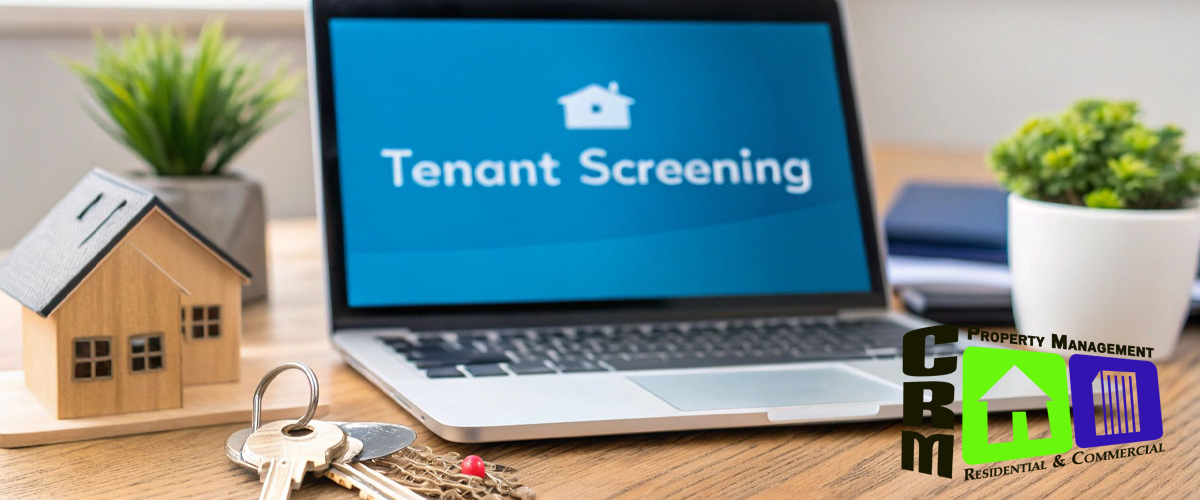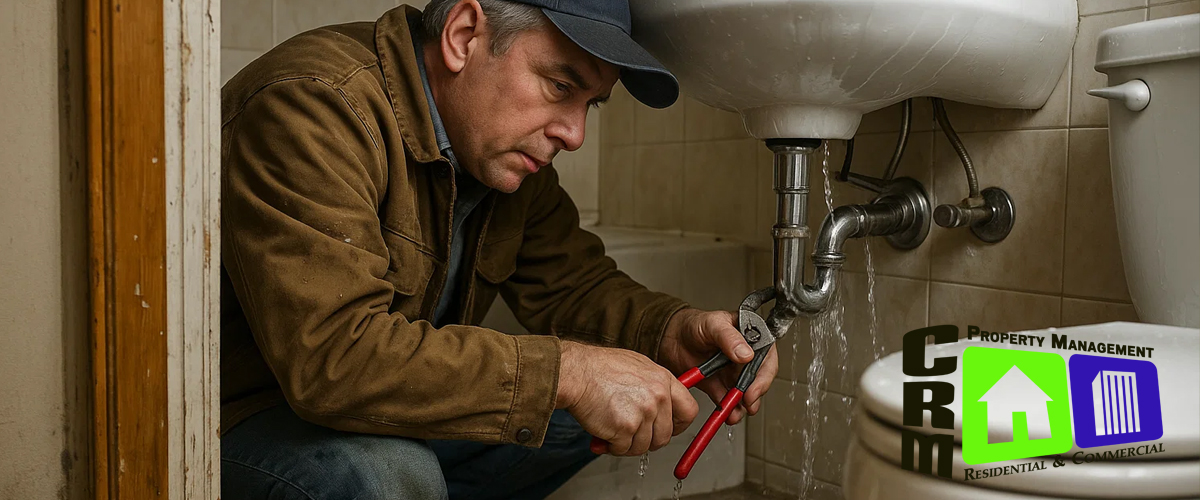How to Conduct Effective Property Inspections
How to Conduct Effective Property Inspections: Checklists and Best Practices
Property inspections are a critical component of real estate management, whether you’re a landlord, property manager, homebuyer, or real estate investor. Thorough inspections help identify potential issues early, maintain property value, ensure safety standards, and prevent costly repairs in the future. This comprehensive guide outlines how to conduct adequate property inspections with professional checklists and best practices.
Why Property Inspections Matter
Regular property inspections serve multiple important purposes:
- Preventive maintenance: Identify routine issues before they become expensive problems
- Legal compliance: Ensure the property meets all safety and building code requirements
- Documentation: Create records that protect both owners and tenants
- Property value preservation: Maintain the condition and worth of the investment
- Tenant satisfaction: Demonstrate commitment to providing safe, well-maintained housing
Types of Property Inspections
Move-In Inspections
Conducted when new tenants take possession of a property. These document the condition of the property at the beginning of tenancy and set expectations for its condition upon move-out. Taking pictures of the property should be part of the inspection.
Routine (Inside) Inspections
Scheduled periodic inspections (quarterly, semi-annually, or annually) to check for maintenance issues, lease violations, and general property conditions.
Drive-By Inspections
Quick exterior checks that can be performed without entering the property to verify exterior maintenance and obvious issues.
Move-Out Inspections
Performed when tenants vacate to assess any damage beyond normal wear and tear and determine security deposit returns.
Seasonal Inspections
Focused examinations before or after seasonal changes to address weather-related concerns (gutter cleaning, HVAC servicing, etc.).
Please note. Routine (Inside) inspections can be made to cover seasonal inspections simultaneously.
Essential Inspection Checklists
Exterior Inspection Checklist
Building Structure:
- Foundation for cracks or settling
- Siding/exterior walls for damage or deterioration
- Roof condition, missing shingles, or signs of leaks
- Windows and doors for proper sealing and operation
- Gutters and downspouts for blockages and proper attachment
Grounds:
- Lawn and landscaping maintenance
- Walkways and driveways for cracks or hazards
- Fencing for damage or stability issues
- Exterior lighting functionality
- Garbage and recycling areas for cleanliness
Safety Elements:
- Fire escapes and emergency exits
- External security features (locks, lights, cameras)
- Accessibility features, if applicable
- External electrical fixtures
Interior Inspection Checklist
General Interior:
- Walls and ceilings for cracks, water damage, or discoloration
- Flooring condition (carpet, hardwood, tile, etc.)
- Windows and doors for proper operation and locks
- Light fixtures and electrical outlets
- Smoke and carbon monoxide detectors
Kitchen:
- Appliances function properly
- Plumbing under sinks for leaks
- Cabinet and counter condition
- Ventilation system operation
- Tile/grout condition
Bathrooms:
- Toilet function (flushing, no leaks)
- Sink and shower/bathtub operation
- Water pressure and temperature
- Exhaust fan functionality
- Signs of water damage or mold
Bedrooms:
- Door and window function
- Closet doors and hardware
- Electrical outlets and light fixtures
- Flooring condition
Systems:
- HVAC system operation and filter condition
- Water heater function and safety
- Electrical panel condition
- Plumbing systems
- Security system if applicable
Best Practices for Effective Inspections
1. Establish a Consistent Schedule
Create a calendar for all inspection types throughout the year. Consistency helps in tracking
property condition over time and ensures nothing is overlooked.
2. Provide Proper Notice
Always follow local regulations regarding notice periods before entering occupied properties.
Typically, 24-48 hours (or what is specified in the lease document) written notice.
3. Use Digital Tools
- Property management software with inspection modules
- Mobile apps for on-site documentation
- Digital cameras for thorough documentation
- Cloud storage for organizing and preserving inspection records
4. Document Everything
- Take date-stamped photographs of all areas
- Use detailed checklists with specific descriptions
- Record video of complex issues or systems
- Keep records of all communications regarding inspections
5. Be Thorough But Efficient
- Follow a systematic approach to ensure nothing is missed
- Use standardized forms to maintain consistency across inspections
- Allocate appropriate time based on property size and complexity
6. Communicate Clearly
- Explain the purpose of inspections to tenants
- Provide clear follow-up on any issues discovered
- Set realistic timelines for addressing maintenance items
- Include positive observations, not just problems
7. Prioritize Issues
Categorize findings based on urgency:
- Emergency issues: Require immediate attention (gas leaks, major water damage)
- Urgent issues: Should be addressed within 24-48 hours (no hot water, heating failures)
- Routine maintenance: Can be scheduled during normal business hours
- Cosmetic concerns: May be addressed during turnover or scheduled maintenance
Professional Tips for Specific Property Types
Single-Family Homes
- Check attic and crawl spaces during seasonal transitions
- Inspect irrigation systems and outdoor features thoroughly
- Pay special attention to unique features like pools, spas, or specialized systems
Multi-Unit Properties
- Inspect common areas with the same rigor as individual units
- Check security features for all access points
- Evaluate shared systems (laundry facilities, fitness centers, etc.)
Commercial Properties
- Focus on ADA compliance and accessibility
- Inspect specialized equipment specific to the business type
- Review tenant improvements and modifications
Legal Considerations
- Maintain inspection records for the legally required timeframe in your jurisdiction
- Understand fair housing laws when conducting inspections
- Document conversations and agreements about repairs
- Follow proper procedures for addressing lease violations discovered during inspections
Conclusion
Effective property inspections are an investment in protecting your real estate assets and ensuring tenant satisfaction. By implementing standardized checklists, following best practices, and maintaining thorough documentation, property owners and managers can minimize risks, reduce costs, and maintain property values over time. Remember that the goal is not just to identify problems but to create a proactive maintenance system that preserves your investment for years to come.







